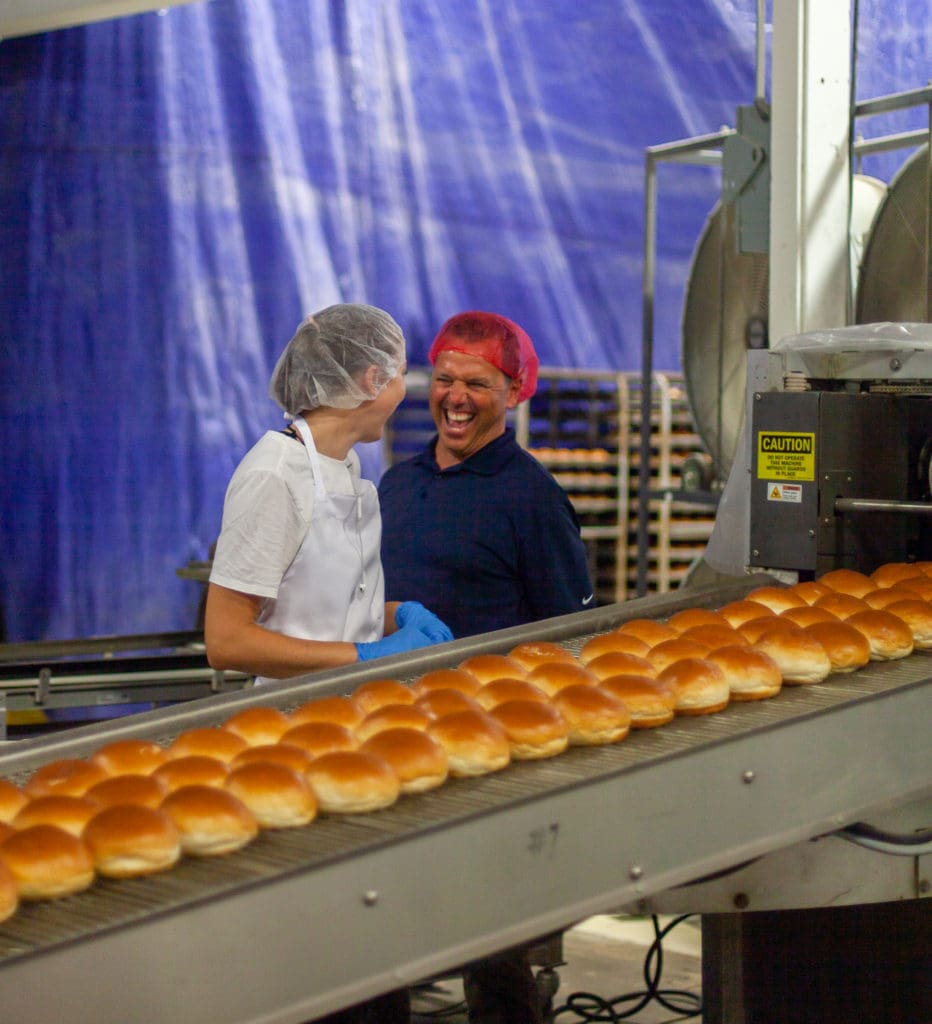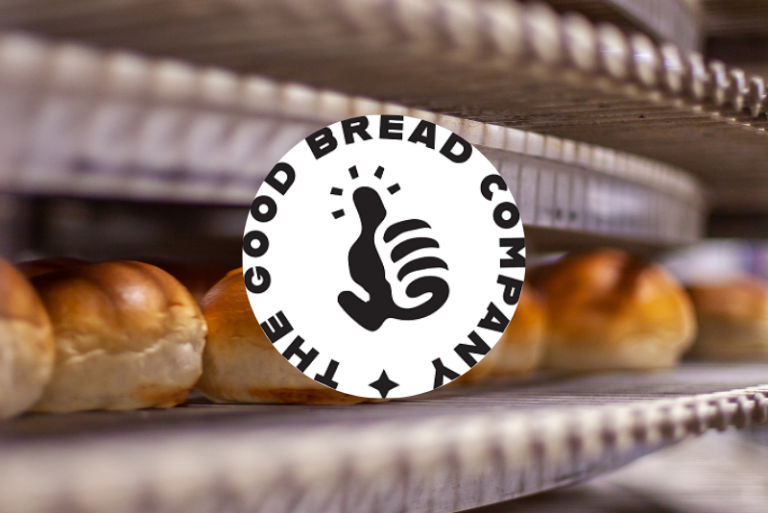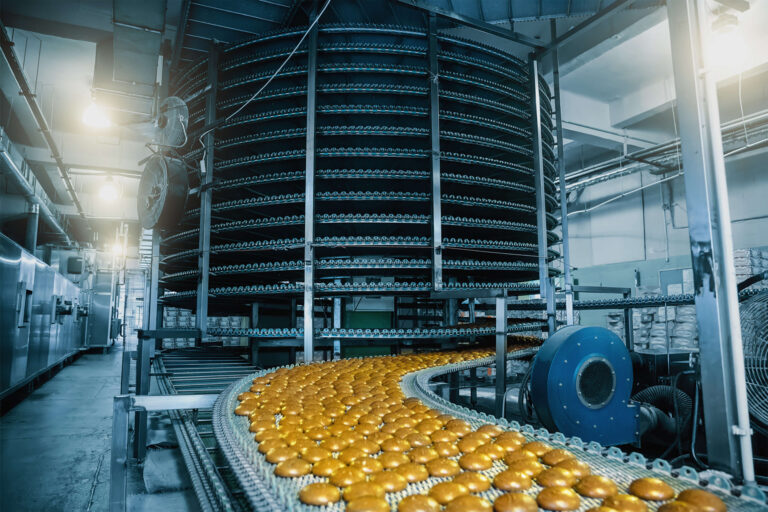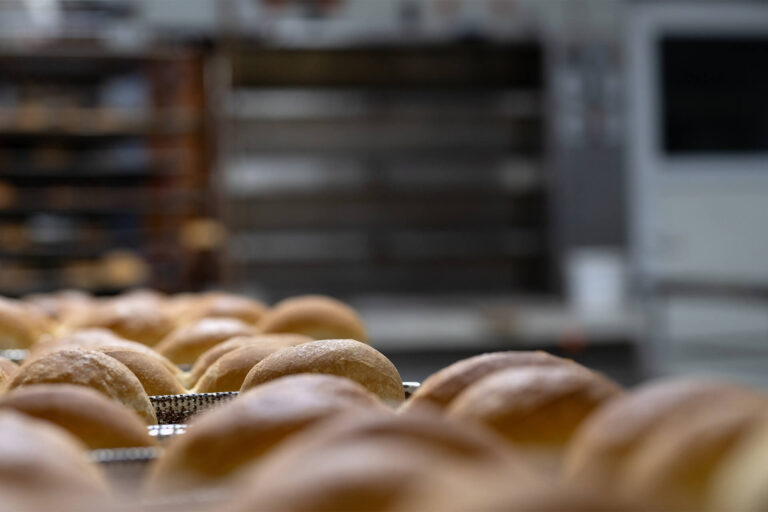 Before the tunnel oven, the plant had been producing about 50,000 lbs. of bread a day on one shift running five days a week. Today, although a second shift may be added to keep the bread running through the oven, throughput has increased without requiring the bakery to work on the weekend.
Before the tunnel oven, the plant had been producing about 50,000 lbs. of bread a day on one shift running five days a week. Today, although a second shift may be added to keep the bread running through the oven, throughput has increased without requiring the bakery to work on the weekend.
Despite the bounty of benefits, not every product was meant to run through the tunnel. The thermal oil technology is still a critical part of the process.
“Thermal oil bakes with radiant heat,” Assimacopoulos said. “The absence of turbulence leads to a gentler heat transmission, so we’re able to use less yeast and achieve improved oven spring, resulting in a deck-oven quality bake from a rack oven, which creates a point of difference in our products.”
To further improve efficiency without sacrificing that trademark bake, Michigan Bread took the plunge and purchased a second tunnel oven designed with thermal oil heat technology.
“We’ll do extensive testing to make sure we can get the same quality on the WP tunnel oven for the hearth products,” Sanfilippo said. “If we can’t get it, we’ll keep making artisan bread in the deck ovens until the second tunnel oven is commissioned.”
Waiting on the second installation, signature 3-lb. artisan loaves will remain in the deck ovens, which will also be used for specialty orders and product testing.
But adding the ovens was just the beginning. Automation is coming for oven loading on both tunnels as well as racetrack coolers to quickly send product downstream toward packaging in the 12,000 square feet the bakery added to the operation after taking over the neighboring space last year.
Even after the finished product leaves the bakery, the “more with less” model is improving life for the distribution leg of the company, as well.
“We don’t look at growth just in terms of volume; we focus on customers that match our value proposition so we can be as efficient as possible,” said Andy Assimacopoulos, Michigan Bread VP. “We’ve changed the kinds of products we deliver and focus on value-added items. This efficiency benefits not only the bakery, but the warehouse and drivers as well.”
Read more about Michigan Bread in the October | Q4 issue of Commercial Baking. Photos by Liz Goodwin.


 In just under a dozen years, Michigan Bread has expanded, evolved and survived a pandemic in one of the hardest-hit regions of the country. And it’s all been done through relentless bootstrapping, relationship building and a commitment to a craft this team might have been born for.
In just under a dozen years, Michigan Bread has expanded, evolved and survived a pandemic in one of the hardest-hit regions of the country. And it’s all been done through relentless bootstrapping, relationship building and a commitment to a craft this team might have been born for. Before the tunnel oven, the plant had been producing about 50,000 lbs. of bread a day on one shift running five days a week. Today, although a second shift may be added to keep the bread running through the oven, throughput has increased without requiring the bakery to work on the weekend.
Before the tunnel oven, the plant had been producing about 50,000 lbs. of bread a day on one shift running five days a week. Today, although a second shift may be added to keep the bread running through the oven, throughput has increased without requiring the bakery to work on the weekend.







